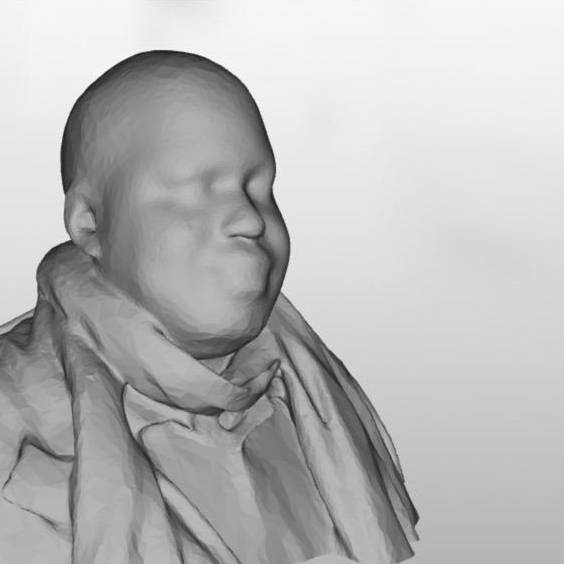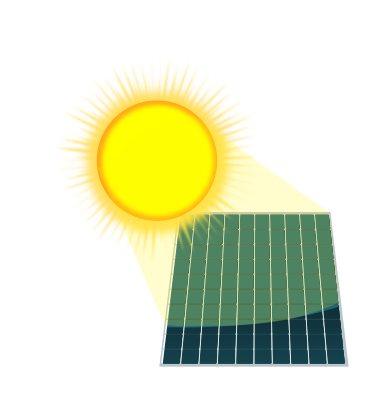Old, but I just came across it, so it’s interesting to me.
The numbers don’t make any sense.
A 100kg (220 lb) person whose steps compress the tiles by 1cm (0.01m) per step would be transferring 100 kg x 9.8 m/s^2 x 0.01m = 9.8 joules, or 0.00272 watt hours. That assumes 100% perfect efficiency in capturing that energy.
A watt is a joule per second, so someone who steps 1 step per second is generating 9.8 watts. That’s not enough to light the station, much less run the computers and signs and the fare gates and escalators and elevators.
And of course it wouldn’t come anywhere close to running the trains. After all, if it were easy to take people’s biomechanical power to run trains, that would mean that humans could push the trains effectively.
Certainly you’re right about the computers and gates and trains. But 9.8 watts per occupant may be enough to light the station when it’s in use.
Sooo those walking will have to spend more energy walking and thus have a harder time? How’s this being taken seriously lol
It’s not any harder. It provides a softer impact, so it should be easier.
Think walking on grass instead of pavement.
That’s not how any of it works
Shin splints!


